Refine search
Actions for selected content:
3527 results in Wireless Communications
7 - Multiple signal detection in vector space: MIMO detection
-
- Book:
- Optimal Combining and Detection
- Published online:
- 05 July 2014
- Print publication:
- 28 January 2010, pp 176-216
-
- Chapter
- Export citation
9 - Lattice-reduction-aided MIMO detection
-
- Book:
- Optimal Combining and Detection
- Published online:
- 05 July 2014
- Print publication:
- 28 January 2010, pp 246-279
-
- Chapter
- Export citation
3 - Fundamentals of estimation theory
-
- Book:
- Optimal Combining and Detection
- Published online:
- 05 July 2014
- Print publication:
- 28 January 2010, pp 49-78
-
- Chapter
- Export citation

Digital Television Systems
-
- Published online:
- 28 January 2010
- Print publication:
- 19 March 2009
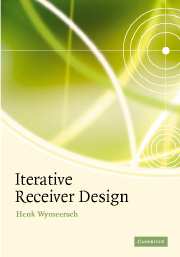
Iterative Receiver Design
-
- Published online:
- 08 January 2010
- Print publication:
- 06 September 2007
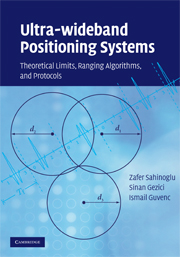
Ultra-wideband Positioning Systems
- Theoretical Limits, Ranging Algorithms, and Protocols
-
- Published online:
- 23 December 2009
- Print publication:
- 04 September 2008
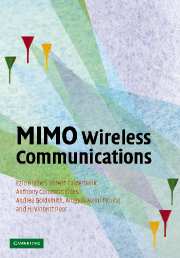
MIMO Wireless Communications
-
- Published online:
- 15 December 2009
- Print publication:
- 08 January 2007
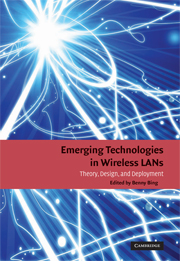
Emerging Technologies in Wireless LANs
- Theory, Design, and Deployment
-
- Published online:
- 10 December 2009
- Print publication:
- 05 November 2007

Next Generation Wireless LANs
- Throughput, Robustness, and Reliability in 802.11n
-
- Published online:
- 04 December 2009
- Print publication:
- 28 August 2008

Essentials of UMTS
-
- Published online:
- 04 December 2009
- Print publication:
- 09 October 2008
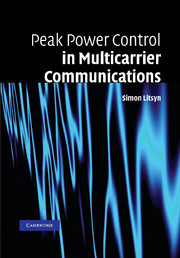
Peak Power Control in Multicarrier Communications
-
- Published online:
- 03 December 2009
- Print publication:
- 04 January 2007
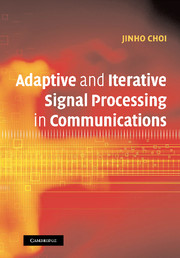
Adaptive and Iterative Signal Processing in Communications
-
- Published online:
- 23 November 2009
- Print publication:
- 16 November 2006
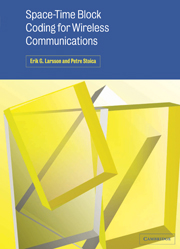
Space-Time Block Coding for Wireless Communications
-
- Published online:
- 31 October 2009
- Print publication:
- 08 May 2003

Next Generation Mobile Access Technologies
- Implementing TDD
-
- Published online:
- 02 September 2009
- Print publication:
- 10 January 2008
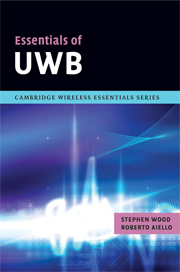
Essentials of UWB
-
- Published online:
- 22 August 2009
- Print publication:
- 26 June 2008
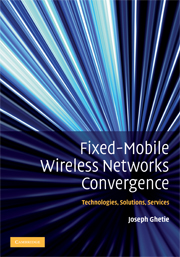
Fixed-Mobile Wireless Networks Convergence
- Technologies, Solutions, Services
-
- Published online:
- 21 August 2009
- Print publication:
- 28 August 2008

Space-Time Coding
- Theory and Practice
-
- Published online:
- 14 August 2009
- Print publication:
- 22 September 2005

Networking Wireless Sensors
-
- Published online:
- 14 August 2009
- Print publication:
- 22 December 2005
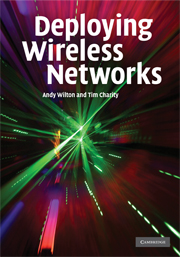
Deploying Wireless Networks
-
- Published online:
- 13 August 2009
- Print publication:
- 18 September 2008
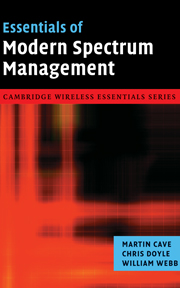
Essentials of Modern Spectrum Management
-
- Published online:
- 13 August 2009
- Print publication:
- 13 August 2007
